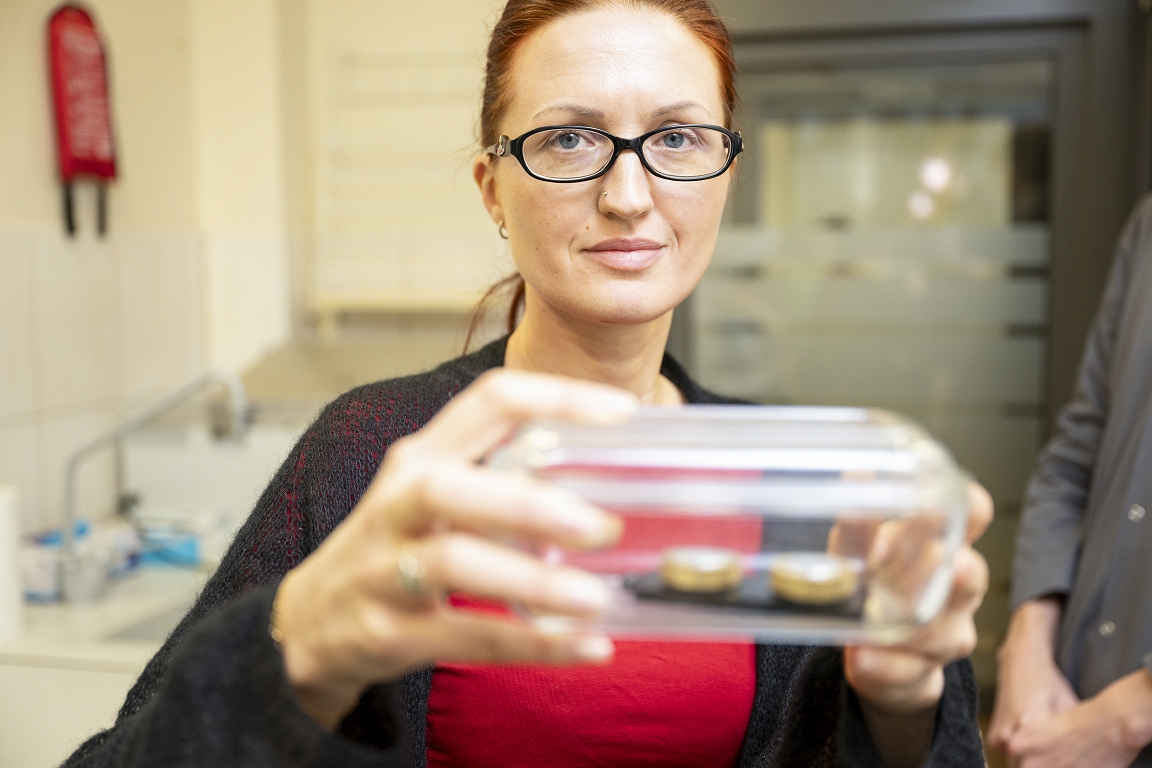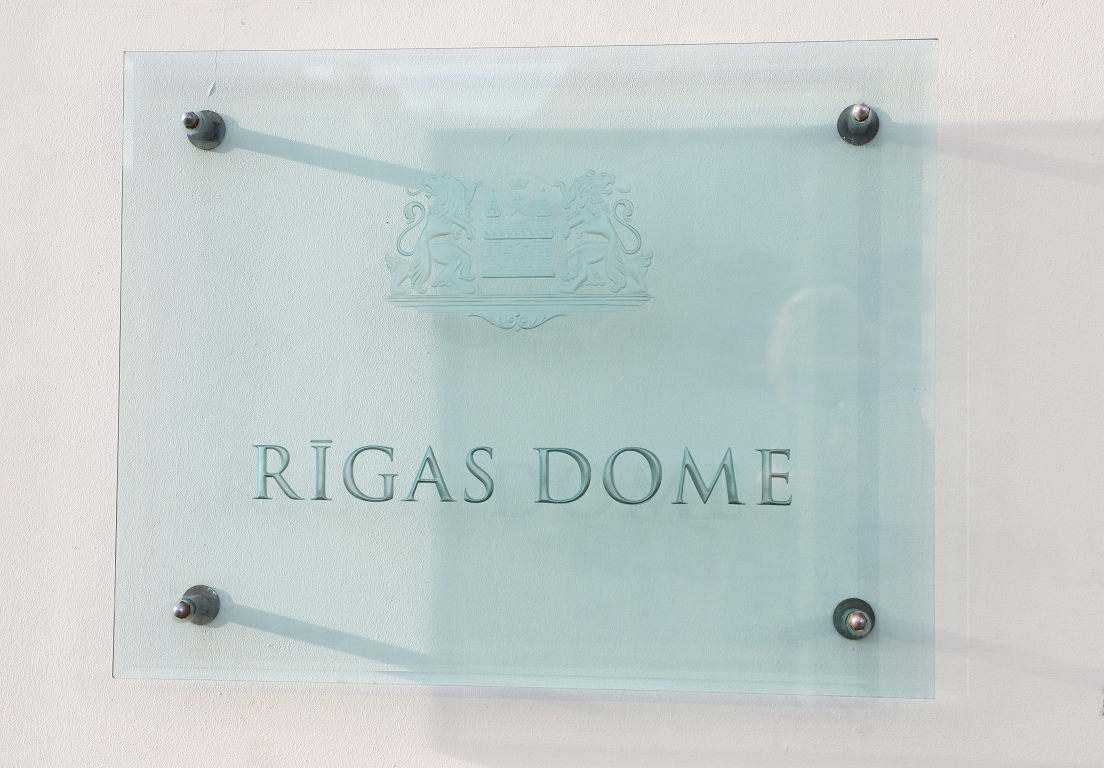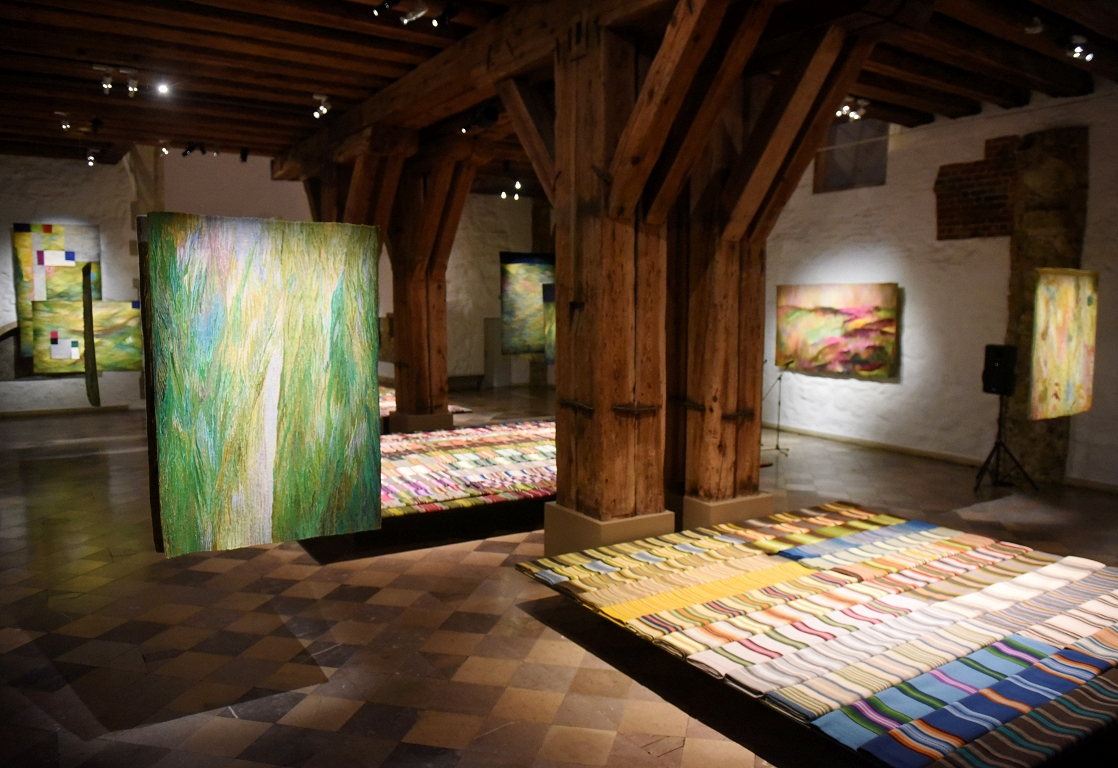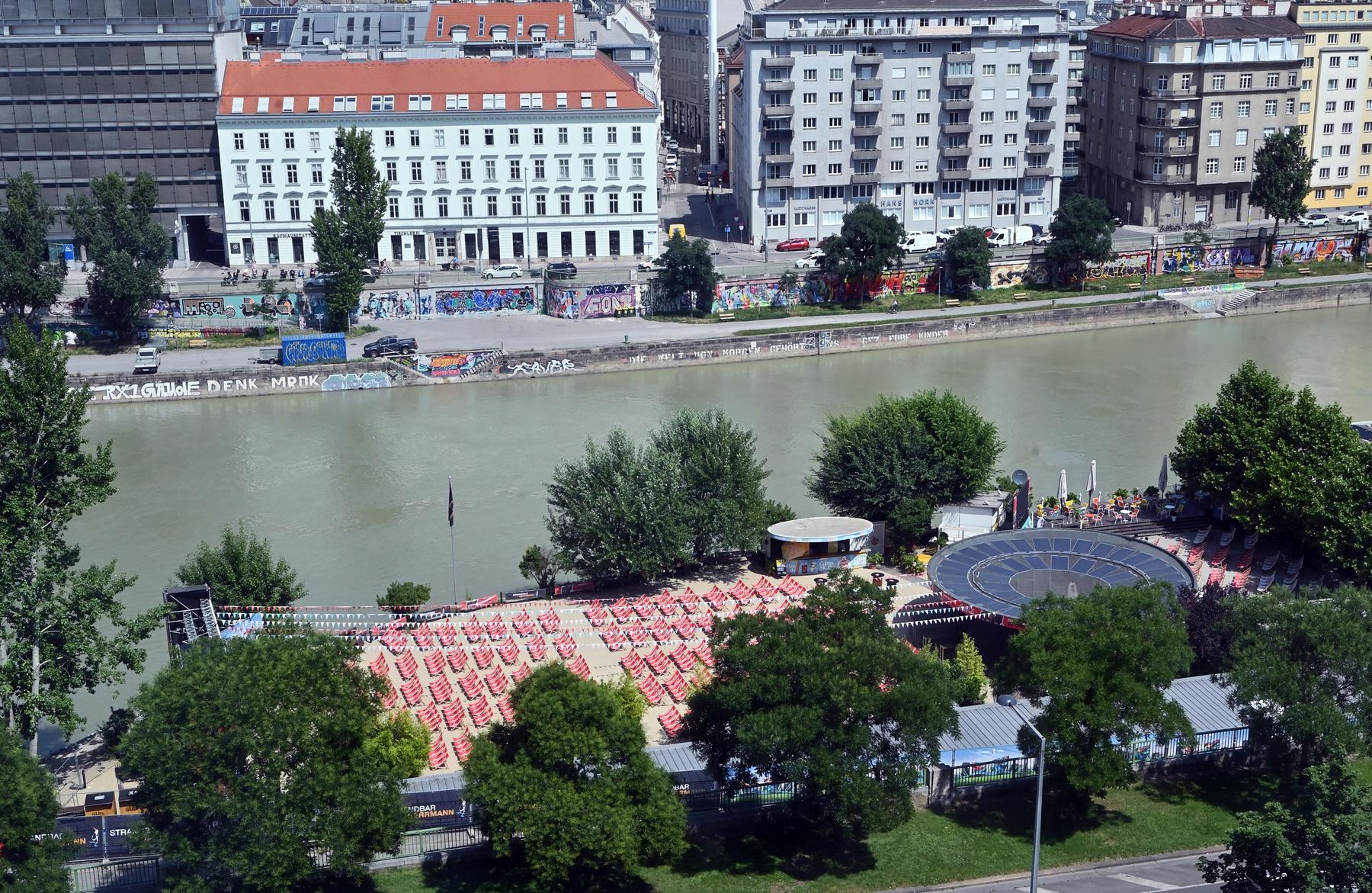Invisible threat – Micro -Clasting / day

Microplastic contamination is one of the biggest environmental problems that is becoming more and more serious around the world. These small plastic particles come into our ecosystems, destroying the quality of habitats and endangering both animals and humans.
Small but dangerous
Microplastics has become a serious problem, so scientists around the world are exploring it, trying to measure the amount and impact of this contamination on a person, but it is not easy. « The word » microplastmas « in itself means that it is very small objects, even the size of nano, » explains Ivars Vanadzins, a senior researcher at the Institute of Occupational Safety and Environmental Health at Riga Stradins University. Plastic objects are all around us, and over time they wear out, wear out, releasing a microplast mass that gets somewhere – it is in the air, we take it through the skin, it gets on our lips, we swallow it, drink it with water. « Most microplastics inhale. Inhaling 10 to 15 cubic meters of air, each cubic meter could have 50 micrograms of plastic. Large particles are caught in the nose, in the throat – we cheer or sauna, but the more detailed this particle, There will be no more micro -micro -micro -micro -micro -basic basis. Fortunately, part of the contamination of the intestinal tract is absorbed, but the small particles are absorbed or entered the epithelial cells. « It is estimated that during the year, when we eat and inhale, we take on plastic about the size of a credit card. As far as we take out and how much it accumulates is not completely clear, » concludes I. Vanadzins.
These plastic particles are also potentially dangerous, both in themselves and because they tend to collect and transport harmful chemicals, such as heavy metals. Plastic contamination in the body can cause hormonal changes and other health problems.
Found almost everywhere
Over the past 50 years, there has been a lot of plastic on the planet.
In the Laboratory of Micro -Ecology (LHI), the Latvian Institute of Hydroecology (LHI) in the laboratory of work processes, checking the concentration of microplastics in various objects, including waters (sewage, sea and freshwater, in drinking water), is the utmost care. The room is closed, the air is exchanged through ventilation. Once a day, wet cleaning is done. It is important for maximum accuracy to make it clean but also air, so it is filtered in a special system. Employee clothing should also be made of cotton, so as possible to avoid micro -plastic particles in samples.
« Here is the first phase of the samples-they are brought, sorted, and then depending on what methods will be used in future studies, with different types of reactions-chemical and mechanical-we separate plastic from other materials, » says LHI leading researcher, head One of the studies has shown that the plastic in the sediment migrates down. « Here we have taken samples from several meters deep to understand how far plastic migrates down – whether we talk about hundreds or even thousands of long -lasting layers that can enter the plastic. » The presence of a microplast mass in the laboratory is not only explored in water samples – it is also determined on the beach sand, samples from the digestive system of the fish have been studied, even from wolf organisms in cooperation with the Latvian State Forestry Institute Silava, as well as in wastewater sludge. Accordingly, the sludge can be used as fertilizers in agriculture, but this is also transmitted by microplastics contamination, so it is important to know how deep the soil it can get.
World -class research
When the samples are purified, they are analyzed. The methods and technologies used are different, from the microscope to the application of the latest technologies.
The LHI Micro -Plastic Laboratory is also implementing international projects and cooperates with other countries, such as Poland, Czech Republic, Denmark, Greece, etc. c. Samples from Iceland are also being studied – they do not have such a laboratory.
« Our joy and pride – because this is the only device in the Baltic States, the nearest is in Poland and Finland is the direct laser infrared spectrometer for chemical analysis. Everything is fully automated, we just have to filter on gold or aluminum filters. Discovers the head of the laboratory. With the spectrometer, it is possible to determine both the concentration of the microplastic and the type of plastic and the approximate age – it is more difficult to determine the latter.
« We sometimes find micro -light samples in the sand, which, when analyzed, comes to the conclusion that it is not a microplastics that occurred in the region. This proves the global nature of micro -plastic contamination – it does not accumulate in its place of origin, but also occurs, for example, on beaches where there are no infrastructure. Torrents can be brought to us, although we have not participated in this contamination ourselves, « says I. Dimante-Deimantovich.
Habits that pollute
The simplest is to limit your consumption and, as far as possible, choose household items from natural materials without plastic packaging.
One of the largest pollutants is the so -called fast fashion, a huge industry that creates millions of tons of clothing every year. It is often made of synthetic materials such as polyester, which in turn is plastic derivatives. These materials are not only non -professional, and they also contribute to the release of microplastics in the environment, as small microfiber is distinguished by washing such clothing. One of the research conducted by the Latvian social enterprise Swin be, Who produces swimwear from recycled materials found that the first washing was the most dangerous for the release of micro -plastic particles. This means that tens of thousands of microfiber that enters the sewer and from there in the ecosystem are released once when washing clothing. Given that every person in the world makes at least one washing cycle with synthetic clothing, millions of tons of microplastics are created daily.
« It is important to find solutions to collect and reduce the amount of microplastics that we distribute in the washing process. As an example, various filters and especially washing bags could serve to help collect microfiber before entering the water supply system, » says Diamante-Deimantovich.
New technological solutions could also appear in the future, such as bacteria capable of recycling microplastics, or new materials that will be easier to break down in the natural environment. These solutions could be the most effective to prevent increased micro -plastic contamination.
Sort and recycle
As in the world, Latvia should strengthen the public consciousness of responsible use of plastic, assessing its need for each particular situation. Recycling, new materials and plastic alternatives are important to reduce contamination. It is also important to sort waste.
Scientists, studying microplastics particles entering human body, have found that they contain mostly polystyrene used in the manufacture of the packaging and polyethylene used in various household products, from food film to store food at home and in the shop. These micro -plastic particles are made of plastic waste that enters the nature and the packaging that is in contact with food.
Although waste sorting in Latvia is accessible to everyone and even mandatory, many residents still participate in it negligently or wrong and a lot of plastic waste goes into nature. However, the more sorted and recycled, the smaller the risks of environmental pollution will be.
« The main thing, however, is wise to review your consumption – buy only what is really needed and evaluate not only the price and need of the product, but also the packaging, preferring a packaging that is recyclable or safely usable, » emphasizes SIA Green center Project manager Zhanna Lampicka.
While we continue to purchase goods wrapped in several layers of packaging or in an unprocessed package, manufacturers will continue to produce them and importers will import them. However, if we change our consumption habits and start choosing goods with minimal and environmentally friendly packaging, manufacturers and importers will adapt to these requirements. Our choice today creates a more sustainable future.







